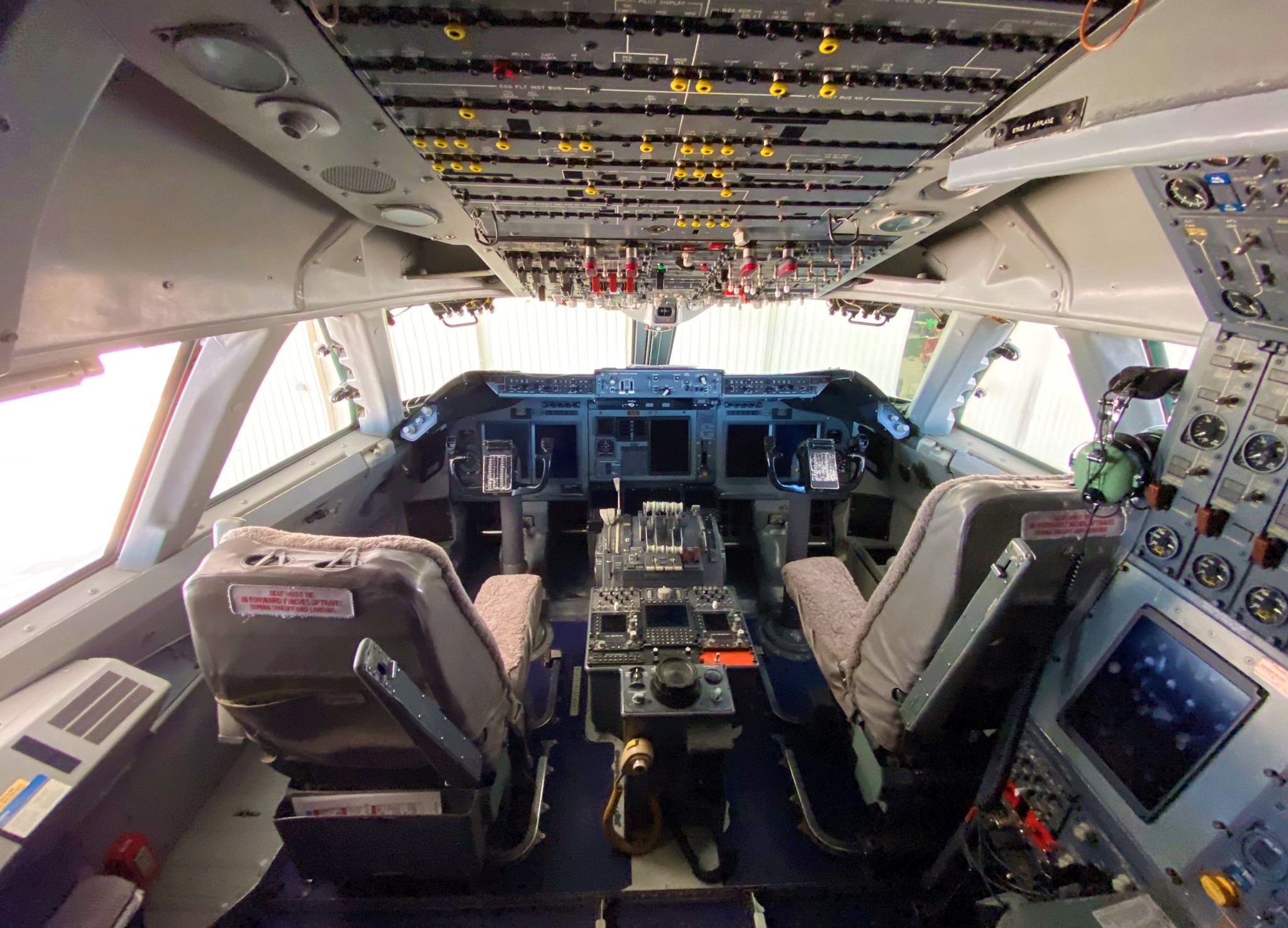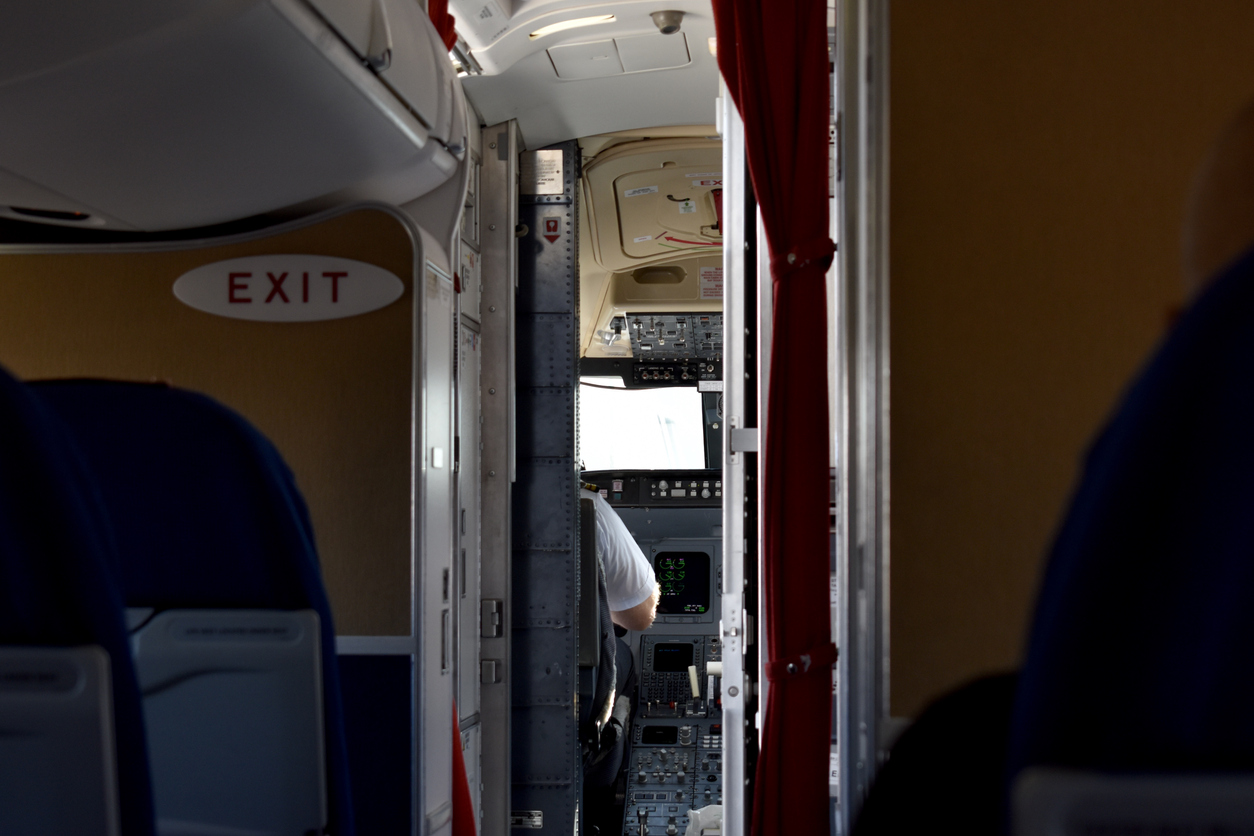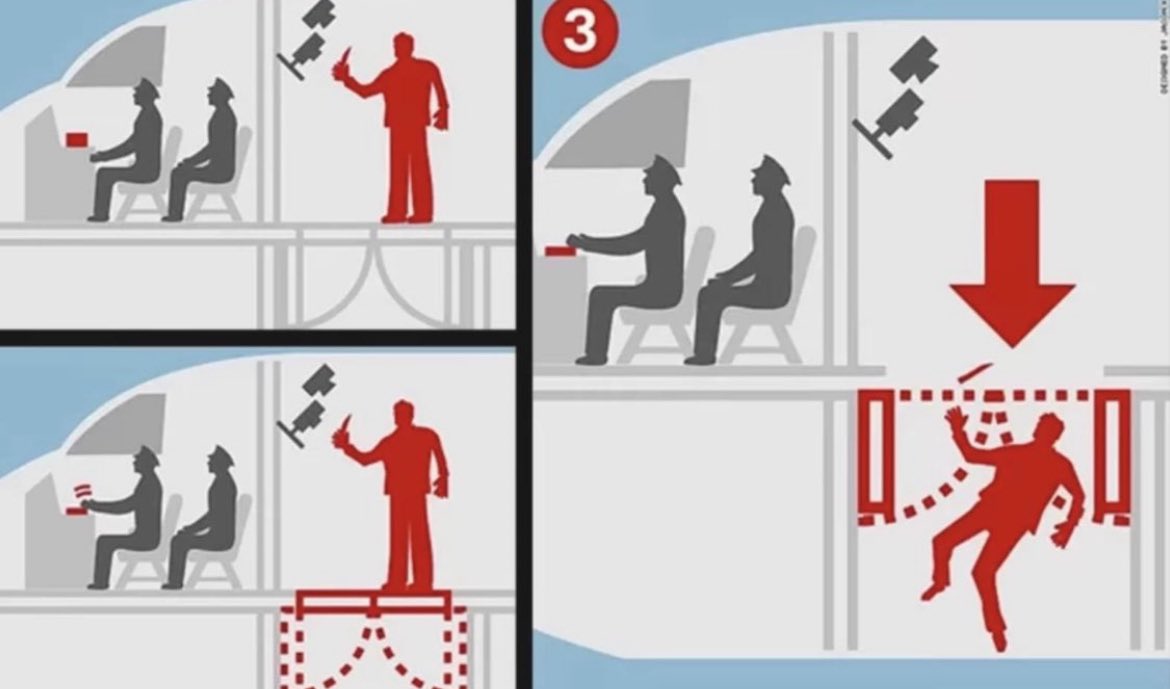


The Federal Aviation Administration (FAA) will require a secondary barrier on the flight deck of new commercial airplanes to ensure the safety of aircraft, flight crew and air passengers. The final rule mandating the additional barrier will protect flight decks from intrusion when the flight deck door is open.
“Every day, pilots and flight crews transport millions of Americans safely - and today we are taking another important step to make sure they have the physical protections they deserve,” said U.S. Transportation Secretary Pete Buttigieg.
Aircraft manufacturers (OEM) are required to install secondary barriers on commercial aircraft produced after the rule goes into effect.

“No pilot should have to worry about an intrusion on the flight deck,” said Acting FAA Associate Administrator for Safety David Boulter.
The Biden-Harris Administration made this rule a priority in 2021. In 2022, the FAA proposed the rule after seeking recommendations from aircraft manufacturers and labor partners. The rule meets a requirement of the 2018 FAA Reauthorization Act.
The FAA Acting Administrator signed this final rule on June 14, 2023. The published document could contain minor changes due to formatting and editorial requirements, and the docket will not go live until publication. Upon publication, the document can be found on the Federal Register’s website at www.federalregister.gov.
OEMs and Regulators have been working on the security and safety of cockpits from quite a long. Infact in 2002, Airbus filed a patent for a trap door positioned outside of the cockpit. Theoretically, should a terrorist or hijacker try to force their way into the cockpit, a trap door would open and send them into a security cell underneath the cabin floor.

Source and Credit : Federal Aviation Administration (FAA)
